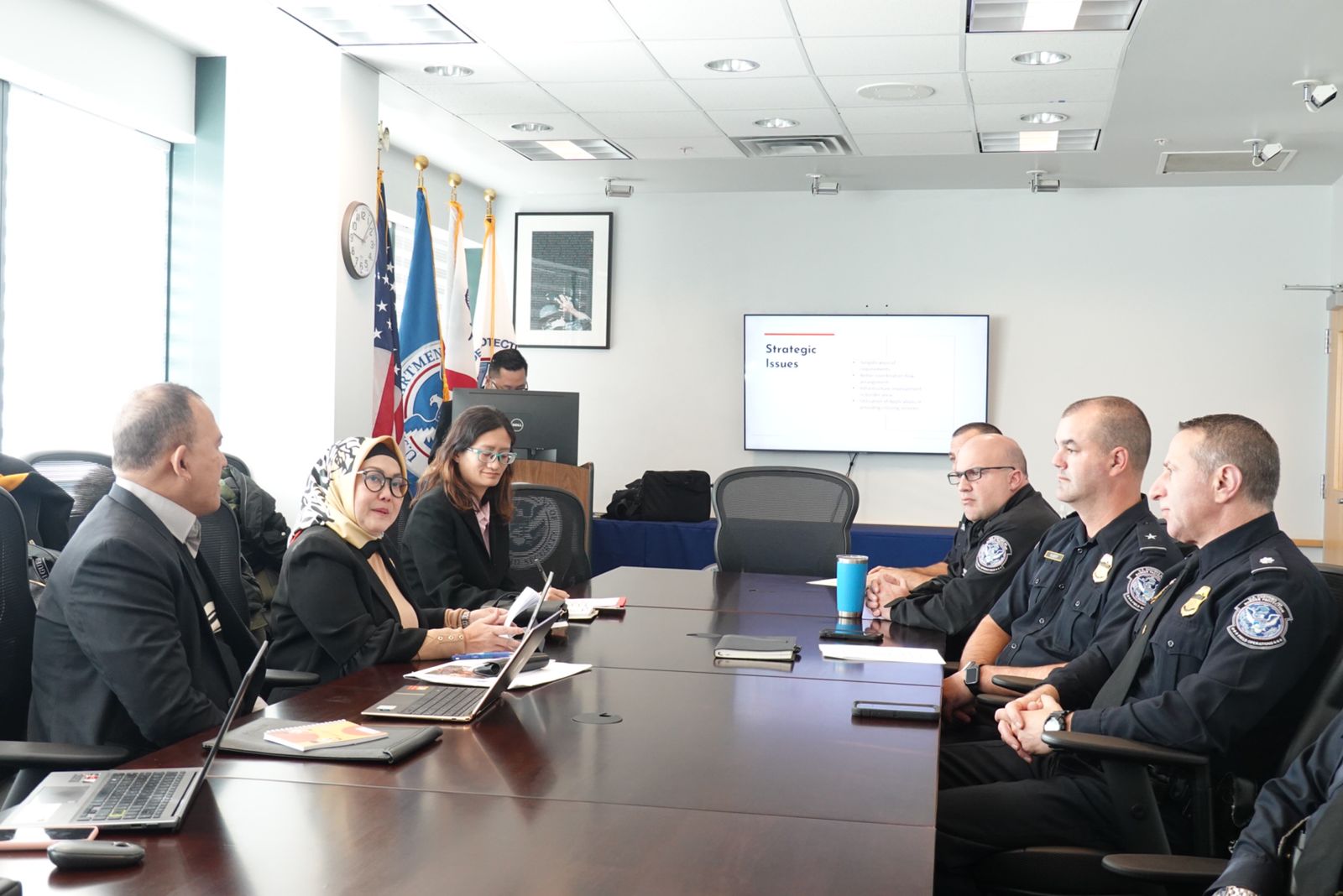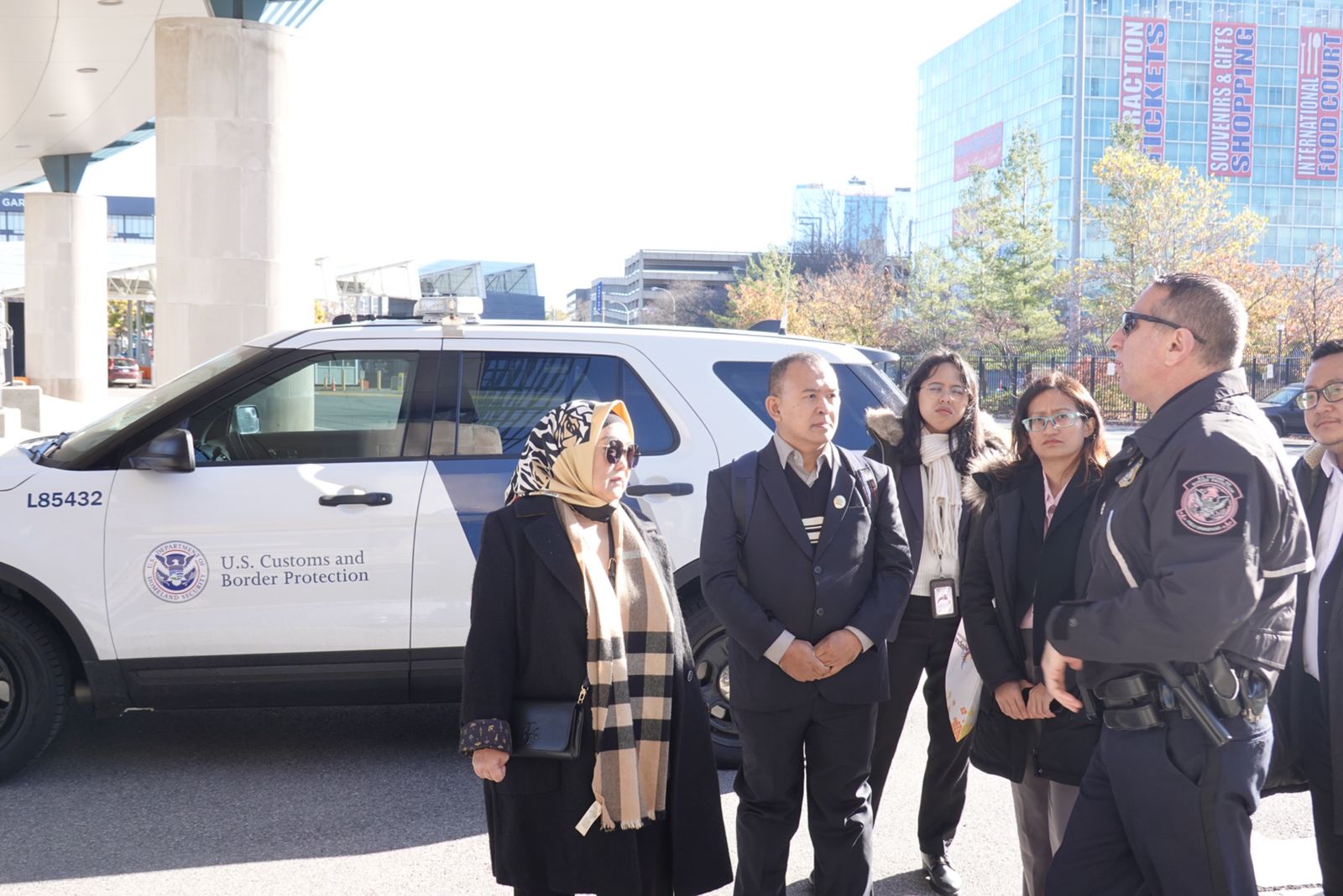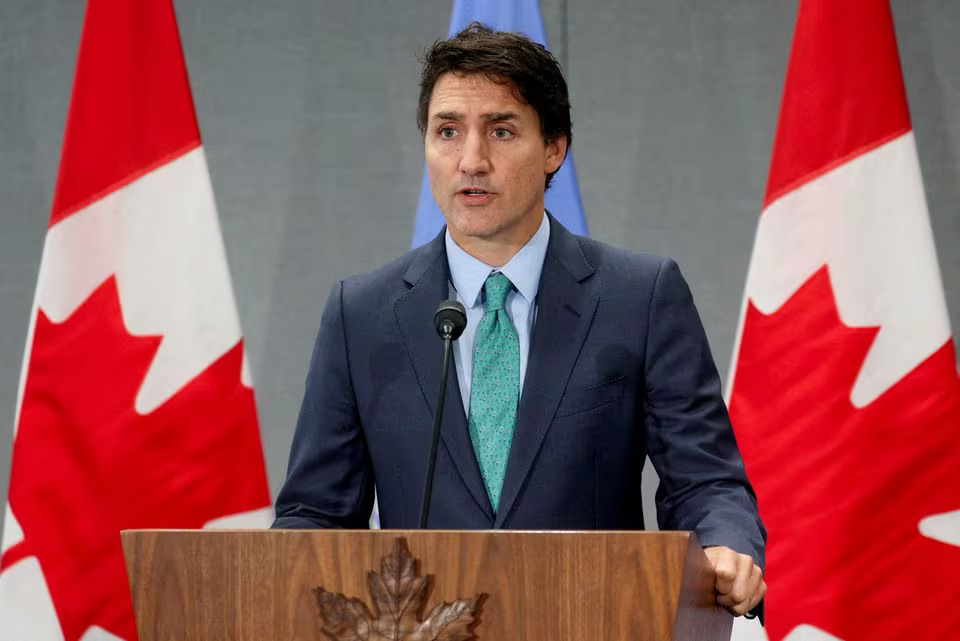
NEW YORK – Public services at state borders are crucial as they provide the primary gateway to state presence. To learn about good border services, the Deputy for Public Services of the Ministry of Empowerment and Reform of State Apparatus (PANRB), Diah Natalisa, had the opportunity to visit the border between the United States and the Canada, Wednesday (11/09).
The visit took place at the Rainbow Bridge, one of the border crossings in the Niagara Falls area of Buffalo, New York, managed by U.S. Customs and Border Protection (CBP). . Here, border services have used information technology to serve people wishing to cross national borders.
“We are studying how to apply information technologies to border services, because they can reduce the time of the validation and control process between passing citizens,” said MP Diah during the benchmarking of public services in the field of border management.
Diah said that Indonesia is a maritime country that borders ten countries, of which seven countries have maritime borders and three countries have land borders. There are three types of entry and exit points between countries, namely airports for air crossings and international ports for river crossings. Meanwhile, for land crossings, there are eight border checkpoints.
National borders are also not free from problems, such as territorial conflicts, smuggling and illegal trade, and even illegal migration. It is also suspected that this is due to the lack of infrastructure at the border to handle this problem.
“We hope to be able to implement the application of information technology in the border service process, as the United States has implemented,” he continued.
During the visit, Rainbow Bridge Regional Port Deputy Director Thomas Rusert said that since 2003, CBP has existed as a comprehensive, integrated border security agency taking a comprehensive approach to border management and control. . This is done by combining customs, immigration, border security and agricultural protection.
“To support this, the US CBP uses information technology which is very useful in integrating various services at the border. “Because each year, the CBP Rainbow Bridge serves almost 5,000 people, both by vehicle and by pedestrian, entering and exiting the United States and Canada,” said Thomas Rusert.
For those wishing to cross the border between the two countries, all they need to do is present the required information and the check is carried out electronically within minutes. The public can also easily access information relating to procedures for crossing between countries that have been published in various media.
In providing services, CBP has used Land Border Integration (LBI) integrated technology to screen vehicles and goods in transit, which was created to improve border security. These technologies include License Plate Readers (LPR), Radio Frequency Identification (RFID) readers, Vehicle Prime Customer (VPC), and Cargo X-ray Scanning Portal.
LBI is designed to improve security measures when processing Border Patrol pedestrian, vehicle and cargo checkpoints. Apart from this, there is also the Reporting Offsite Arrival Mobile (ROAM) innovation, which is a remote inspection technology innovation accessible to people using the ships while they are docked via an app, where arrivals can be tracked virtually.
Apart from this, border posts also play a role in supporting the economy and tourism by facilitating access to services, especially during the holiday season. This is done in coordination, both with the United States and Canada, regarding the ease of the crossing process between the countries.
Thomas added that CBP provides services in multiple languages as well as disability support services to accommodate services for a diverse population. CBP also has various complaint channels accessible through the website and by telephone.
“Through the integration of this technology, the performance of services at the border can be improved and the costs of operational processes reduced, creating services that make it easier for citizens who wish to cross the border to and from the United States and Canada,” concluded Thomas. (ald/PR MENPANRB)

“Bacon aficionado. Hardcore twitter enthusiast. Hipster-friendly pop culture expert. Student. Certified beer buff.”







